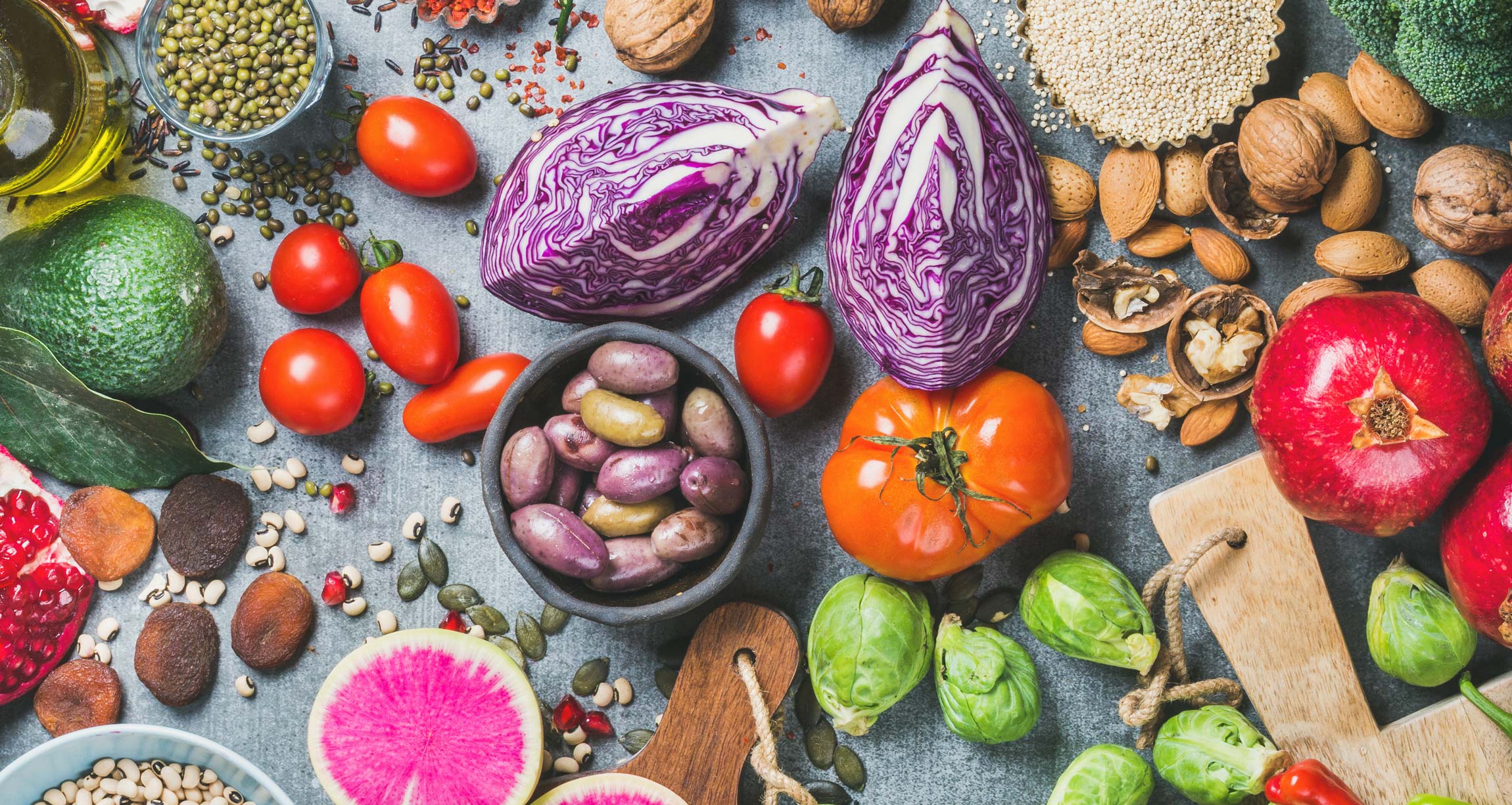Does your food come from a farm, or from a laboratory?
Even if you try to eat healthy, it can be an uphill battle. Many of the items on supermarket shelves are chock-full of additives, preservatives, flavorings, colorings, fillers and artificial adulterants.
Does this matter? Yes and more than you know.
It turns out that what you eat is the single most potent weapon you have in the battle against disease. With obesity rates and chronic illness in America higher than ever, and with health care now exceeding 20% of US GDP, the struggle for real, healthy food is not only important. It’s crucial.
Conscious that consumers care more and more about the health impacts of what they eat, many companies are trying to respond. But sometimes, their response is more about deceptive marketing than about your health.
Part of their strategy includes making misleading claims on packages. Since many of these claims aren’t regulated by the Food and Drug Administration, intentionally misleading customers is perfectly legal, and it’s happening throughout supermarket aisles near you. Arming yourself with information is the best way to protect your family from deceptive food claims.
Here’s a look at three fake food scams:
1) “Blueberry” Products: Blueberries have been getting some great press recently because they’re packed with antioxidants, vitamins and fiber. But many “blueberry” products on the market today contain no blueberries at all. Kellogg’s “Blueberry Muffin” Frosted Mini Wheats cereal, for example, contains sugar, artificial dyes and genetically engineered soybean oil, but not a single blueberry. The same is true for many other foods being eaten by millions of Americans every day. Blueberry muffins, bagels and pastries by Kellogg’s, Betty Crocker and General Mills all show blueberries on the box. But they contain no fruit. Zilch.
2) “Made With Whole Grains”: The bran and germ contain most of a grain’s fiber, vitamins and minerals. White flour (which is generally called “enriched flour” or “wheat flour”) has been stripped of these vital sources of nutrients. Knowing this, about 2/3 of Americans prefer to buy breads and cereals made with whole grains. Why, then, are less than 11% of the grains consumed in the US actually whole?
If you’re like most Americans, you might be getting tricked.
Products that advertise themselves as “100% whole wheat” are legally required to be just that. But there is currently no definition on the percentage of “whole wheat” required to advertise a product as “made with whole wheat.” In many cases, manufacturers will incorporate a small amount of whole wheat, and then add caramel color to white flour-filled products, knowing consumers will fall for the dark look and the “made with whole wheat” claim.
3) “All Natural”: Just like “whole grain or “whole wheat”, the FDA fails to define what “all natural” actually means. In fact, the agency lets anything be called “natural” so long as it doesn’t contain artificial flavors or synthetic substances. Currently, foods that are called “natural” on supermarket shelves include such health-lovers’ delights as high fructose corn syrup, or beef that’s been raised in a feedlot, given growth hormones, administered antibiotics, and fed genetically engineered corn. Sometimes “natural” foods are healthier than their “unnatural” counterparts, and sometimes the claim is little more than hogwash.
So, how do you protect your family from fake food?
By law, packaged foods sold in the United States are required to state certain basic nutrition facts, as well as a list of ingredients in order of quantity. If you read the ingredients, you can find out what’s really in the food in front of you.
Some of the healthiest foods, however, don’t come in packages at all.
More and more Americans are ditching the supermarket altogether, as they grow to favor farmer’s markets, CSAs, and even growing food themselves. There was a steady and alarming decline in the number of farms in America from 1950 to 1997. But we are now experiencing a turning of the tide.
The number of farmer’s markets in the United States has increased more than four-fold in the last 17 years. There are now more than 12,500 farms marketing their crops direct to consumers through Community Supported Agriculture (CSA) programs. Sales of organic foods have increased more than four-fold in the last decade, and 78% of families now say they buy some organic food.
When you read labels, buy whole foods, and support local farmers, you aren’t just taking responsibility for your and your family’s health, you’re contributing to a food revolution that is sweeping our nation.
For more on CSAs and how to find one near you visit: http://www.localharvest.org/csa/. For more on Farmer’s Markets and how to find one visit: http://www.localharvest.org/farmers-markets/. For more on the food revolution and movements towards healthy, sustainable, humane and delicious food visit: http://foodrevolution.org.

